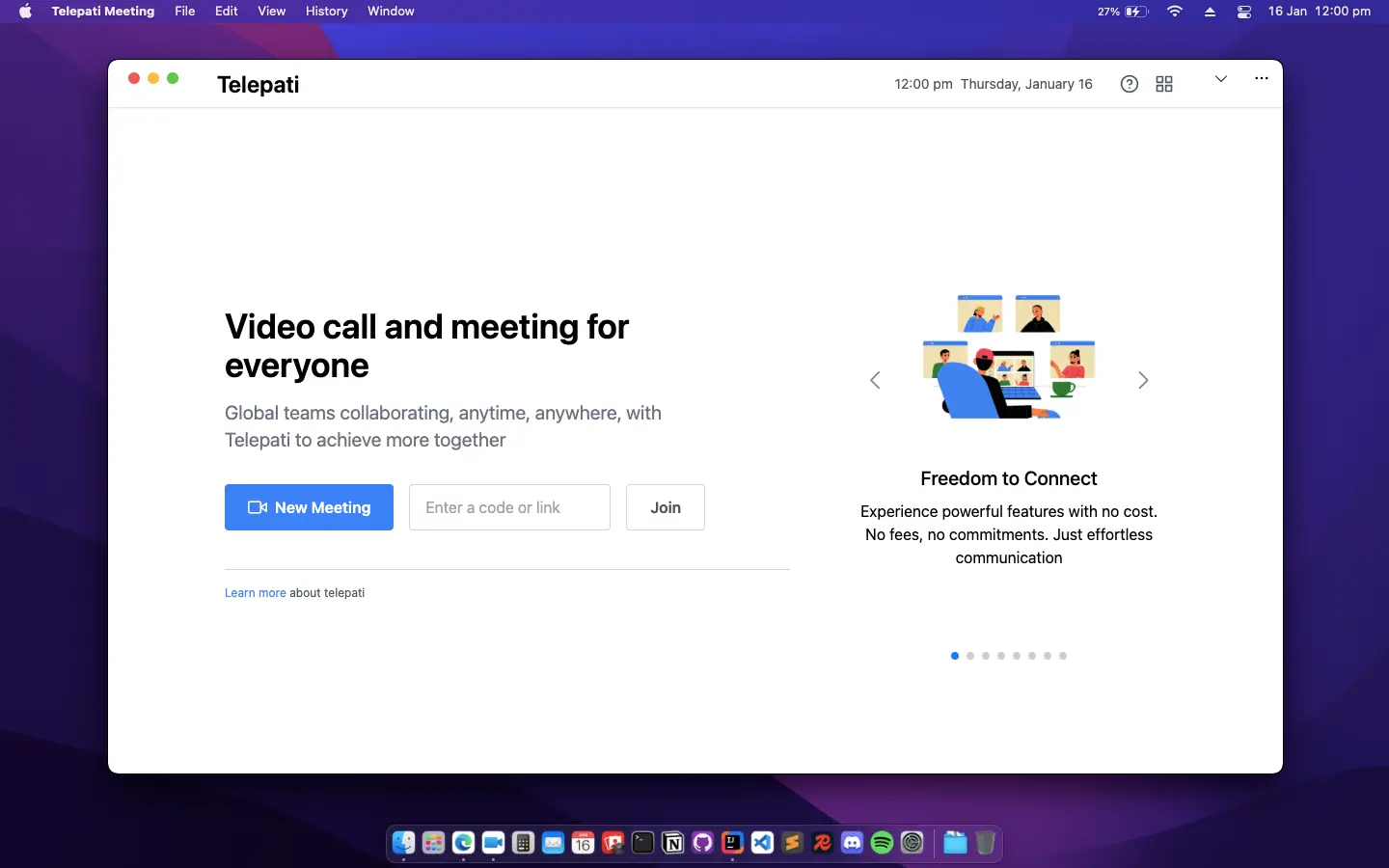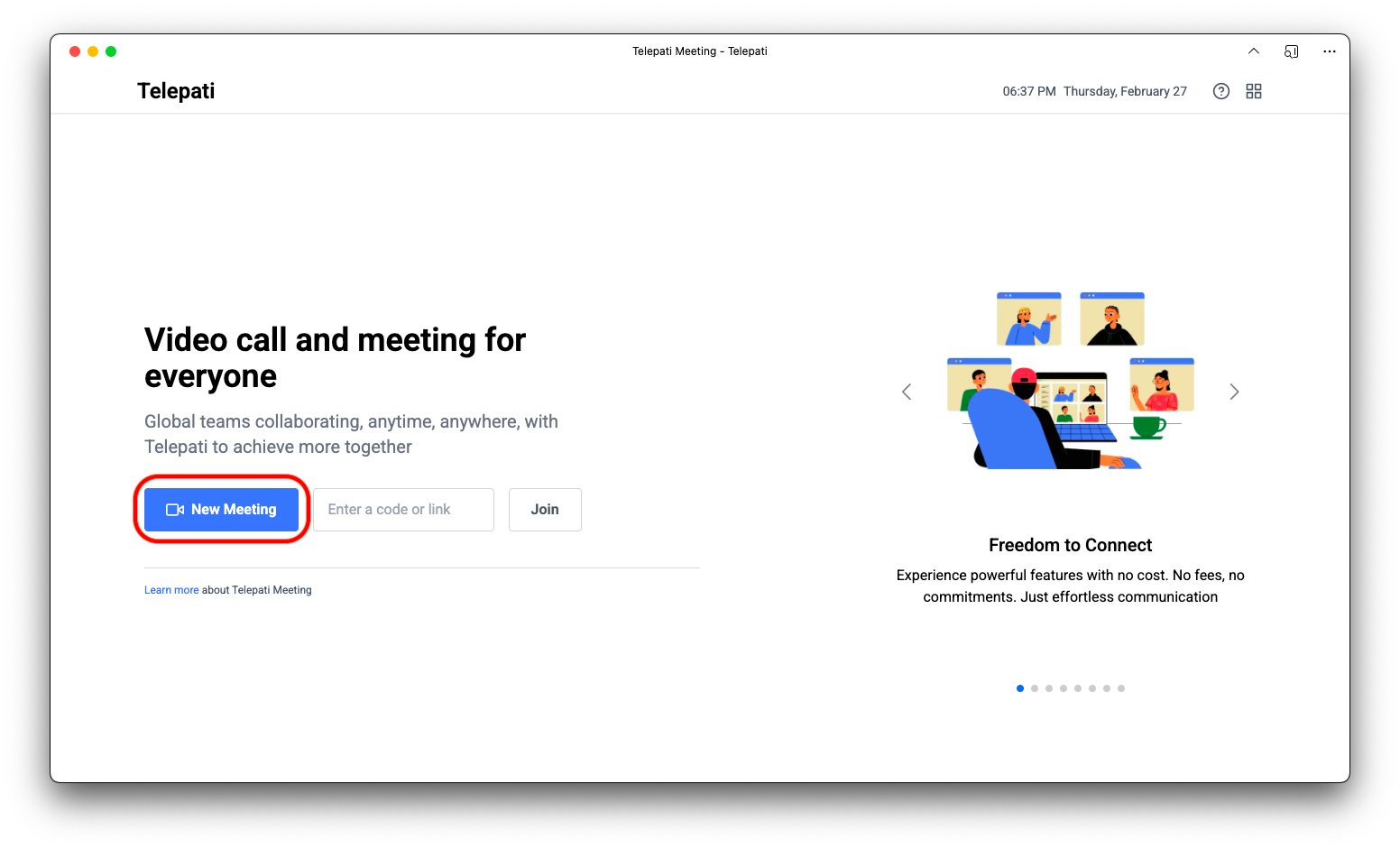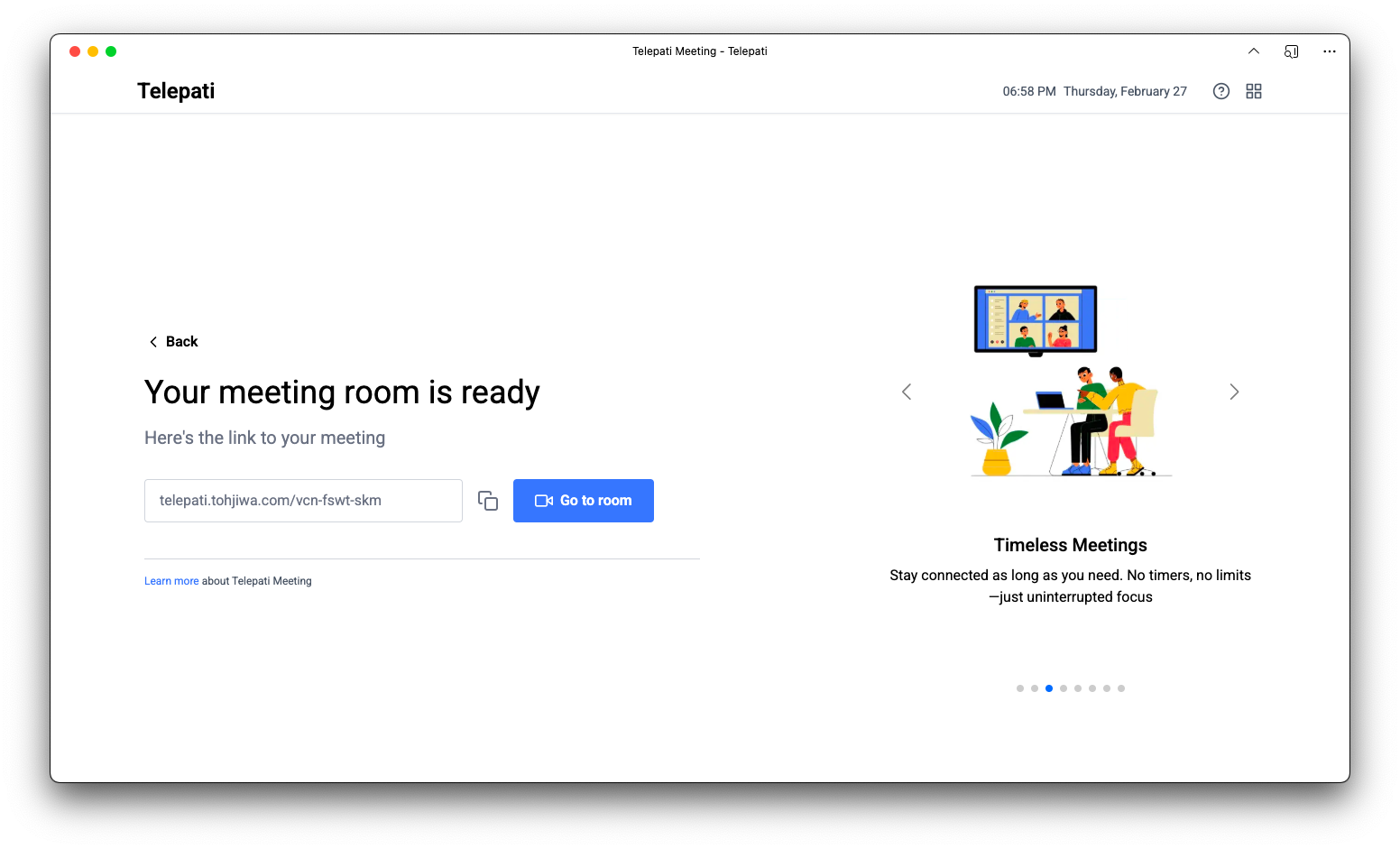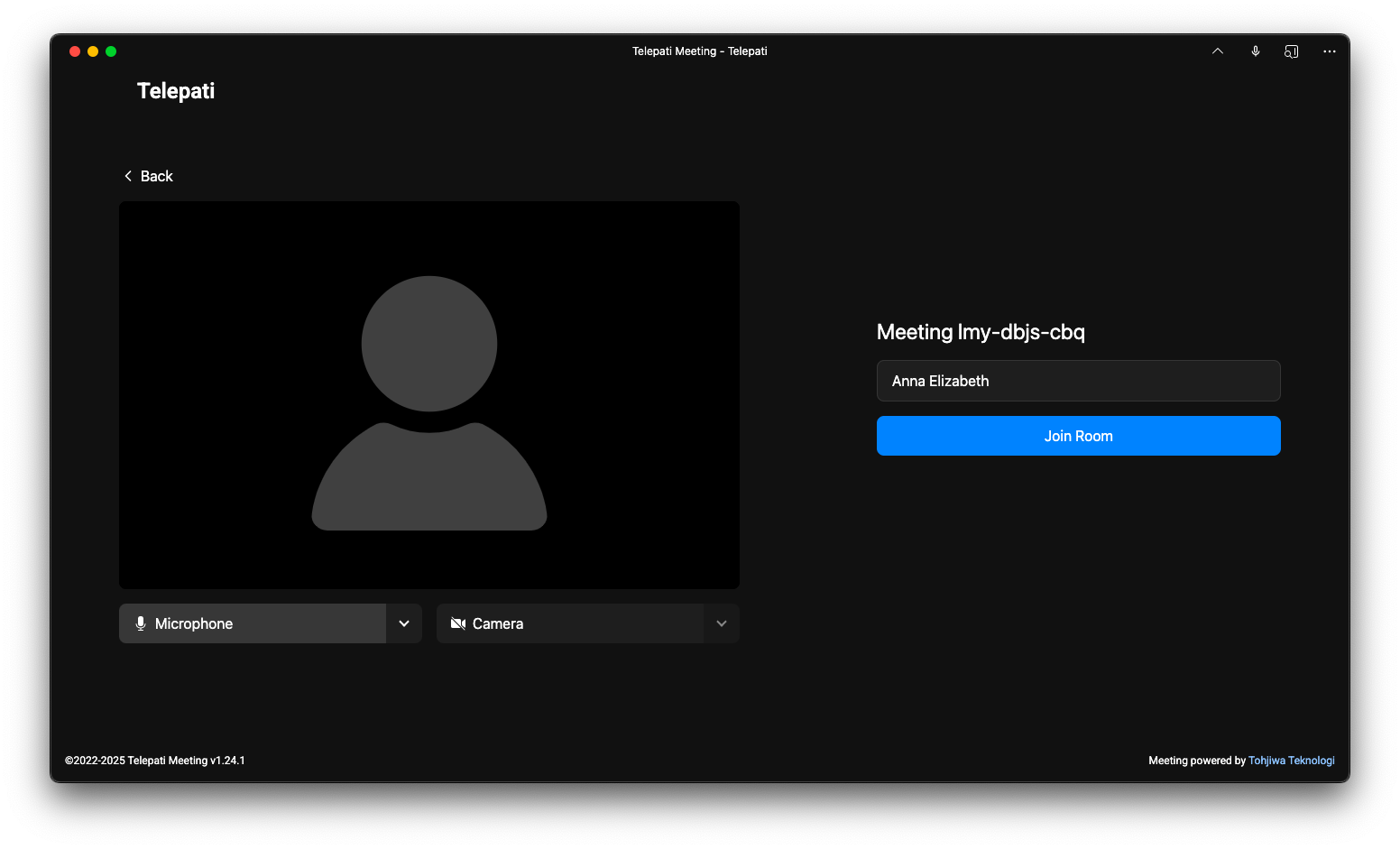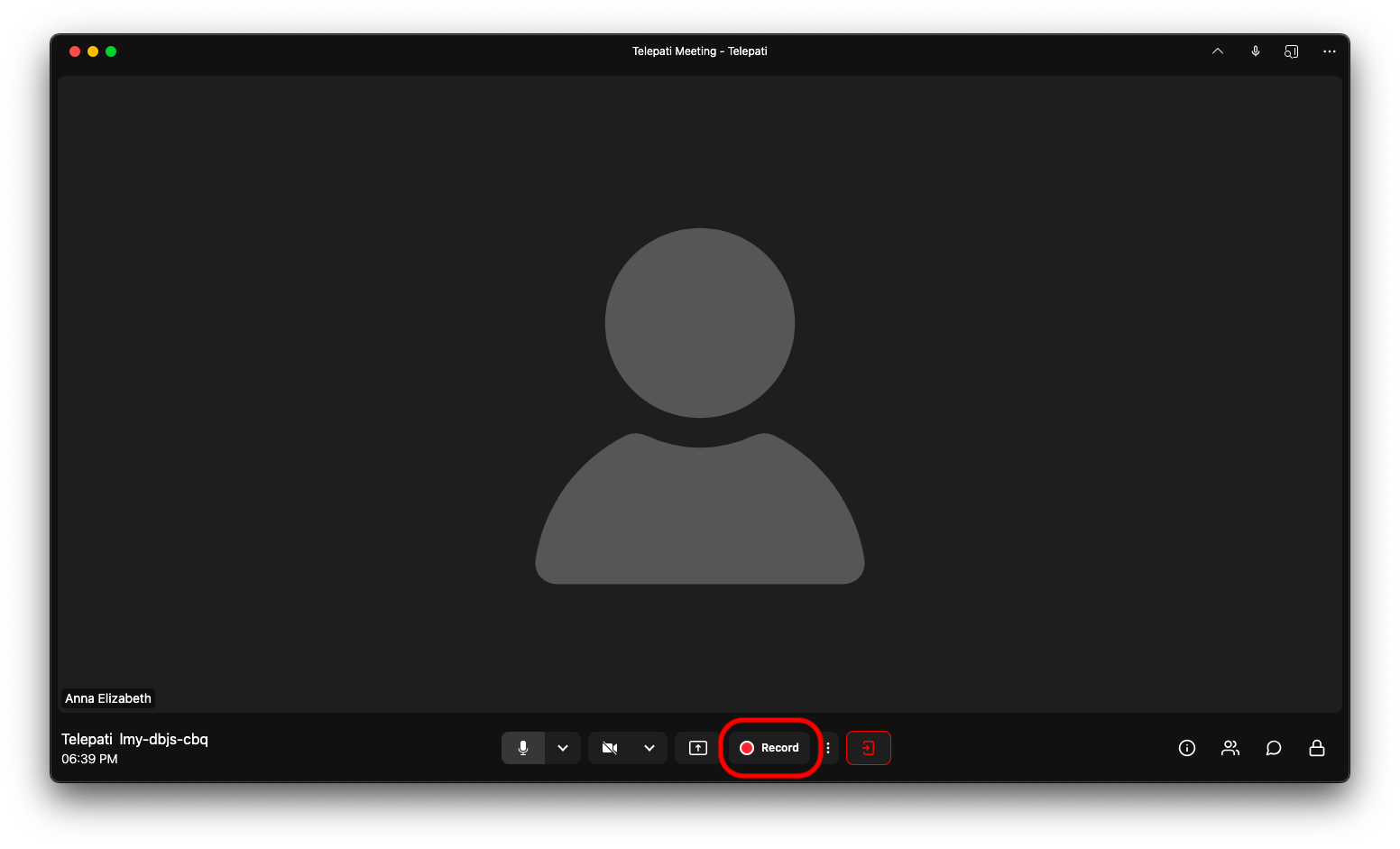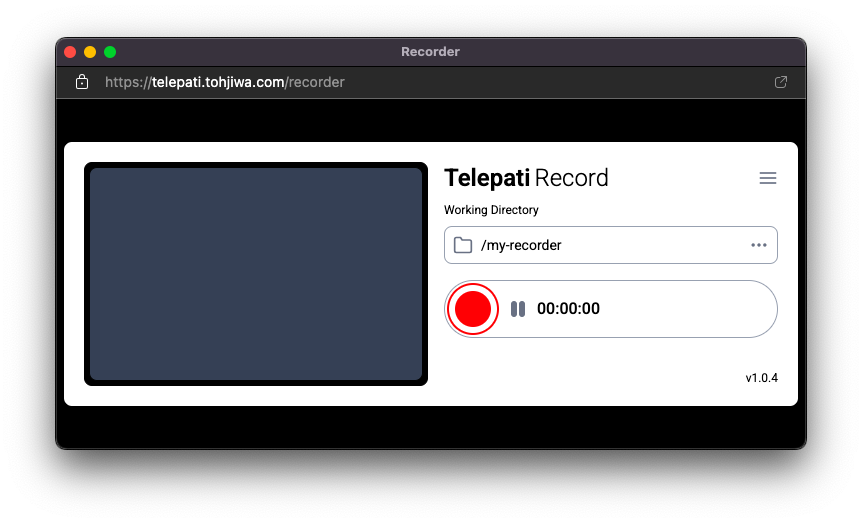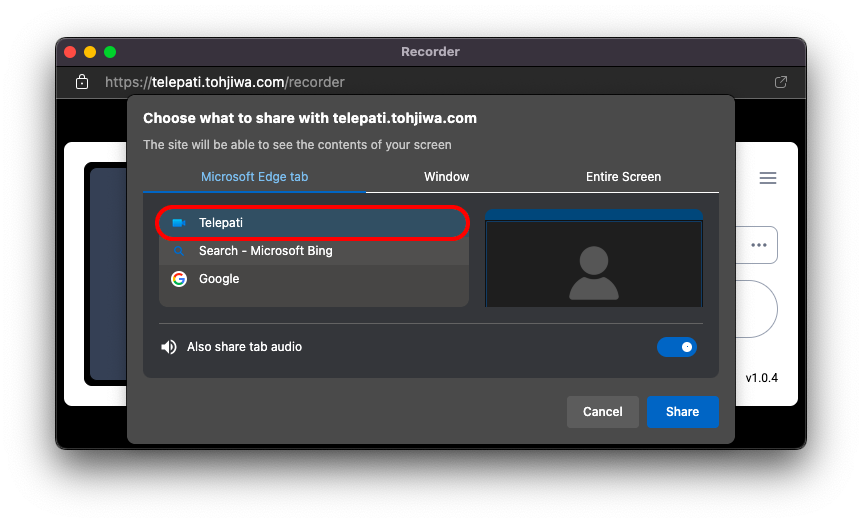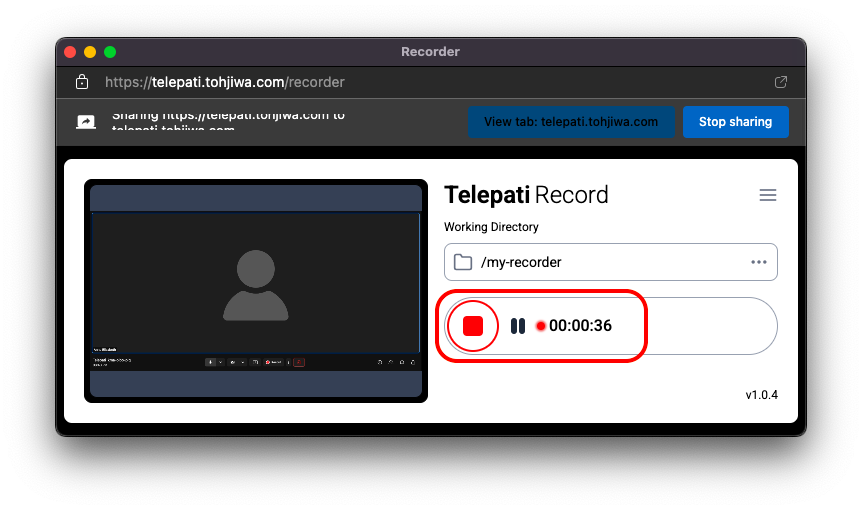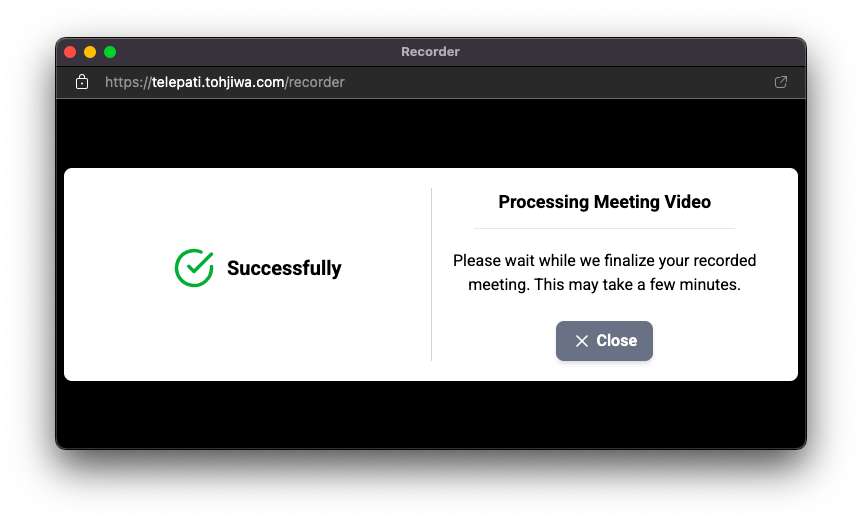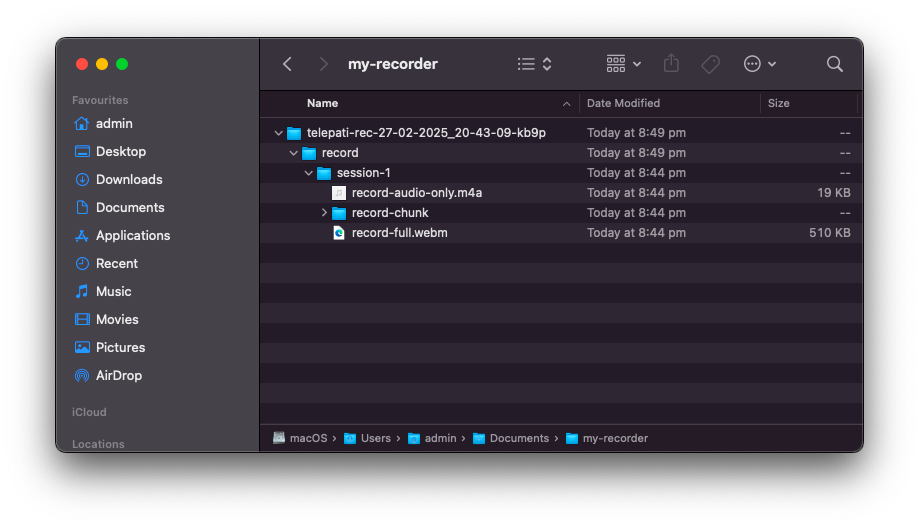With the modern age of the fast digital era, startups and small businesses are constantly searching for new means of working effectively without overspending. Among the groundbreaking tools that have become essential is online meeting technology, which plays a pivotal role in online meeting for startups and small businesses. By enabling simple communication across distances, online meeting solutions are transforming the landscape of business operations, offering cost-effective and scalable solutions tailored to the needs of startups and small businesses.
What Are Online Meetings and Why Are They Important?
An online meeting is a web-based conference where participants communicate over the internet using audio, video, and screen-sharing features. Online meeting websites enable live interaction, allowing collaboration among colleagues, customers, and partners regardless of geographical distance. Particularly beneficial in online meeting for startups and small businesses, these platforms provide a cost-effective way to enhance teamwork and productivity. By replicating the dynamics of in-person meetings through webcams, voice, and collaboration software, online meeting solutions have become an essential component of modern business operations.
If you’re interested in learning more about online meetings, feel free to check out our detailed article here.
Online Meeting Platforms’ Key Features
- Audio/Video Conferencing
Provides face-to-face communication without physical proximity.
- Screen Sharing
Allows for effective presentations and demonstrations.
- Chat and File Sharing
Supports collaboration through real-time message and file sharing.
- Meeting Recording
Acts as a reference in the future and for accountability.
Virtual meetings have evolved significantly in the past few decades. From the basic audio calls of the 1990s to today’s feature-rich platforms with HD video, AI transcription, and interactive collaboration tools, the innovation has been remarkable. Advances like 5G connectivity and AI-driven automation are making these platforms increasingly reliable and accessible, allowing companies of any size to communicate effectively.
Cost Savings of Online Meetings for Small Businesses and Startups
Reduction in Travel Expenses
Virtual meetings eliminate the need for all that travel. From client presentations to project team status reports, businesses can conduct it all online. This reduces spending on airline tickets, hotel rooms, and eating out and saves employees valuable time.
Example: A small ad agency in Jakarta can introduce its services to clients in Singapore, Sydney, or Tokyo without investing much in travel. A 2023 study by the Global Business Travel Association discovered that firms that switch to online meetings reduce their annual travel budgets by an average of 30%.
Office Space Savings
Startups often struggle with the burden of paying high rents for offices. The embracing of a hybrid or remote way of working, facilitated by virtual meetings, allows firms to minimize office requirements or even operate fully remotely. According to a 2023 report by FlexJobs, 77% of remote or hybrid workers reported having cost savings due to flexible workplaces.
Example: A technology startup might have a small shared office for occasional in-person meetings but utilize internet-based meeting software for daily operations.
Boosting Time Efficiency
Time is an important asset to any company. Web meetings cut out commuting times, allowing faster decision-making and greater productivity. Teams can concentrate on business-important tasks instead of logistical ones.
Example: A virtual team member can join a brainstorming session right away, contributing ideas without wasting any time on face-to-face meetings.
Special Benefits of Online Meetings for Startups
Scalability for Growing Teams
Virtual meeting software can accommodate small groups or big meetings with hundreds of participants. This makes it easy for startups to grow with them.
Advanced Collaboration Features
From shared whiteboards to breakout rooms, online platforms enable seamless collaboration. These platforms foster innovation and ensure everyone is on the same page.
Global Reach
Online meetings allow startups to engage with international clients and partners, removing geographical barriers and opening up new markets.
Cost Accessibility
The majority of platforms offer free plans with complete features, so even startups with limited budgets can benefit from online meetings.
Improved Communication
With webcams, voice applications, and screen-sharing, web meetings replicate the face-to-face meeting experience, which boosts team building.
Best Online Meeting Software for Small Business and Startups
Following are some of the best platforms to look out for:
- Zoom
Zoom is ideal for businesses of any scale due to its ease of use and scalability.
- Microsoft Teams
Best for those startups that are already using Microsoft Office software.
- Google Meet
Offers simple integration with Google Workspace.
- Telepati Meeting
A budget-friendly option for small businesses.
Each platform has its own set of features that are suitable for specific purposes, so comparing them based on your requirements is essential.
How to Max Out Productivity with Online Meetings
- Set Clear Agendas
Assign a particular purpose to each meeting.
- Use Collaboration Features:
Utilize screen-sharing and file-sharing tools to make people more involved.
- Promote Engagement
Utilize breakout rooms or Q&A sessions to engage participants and make meetings interactive.
- Record Meetings
Allows members who could not make it to meetings to stay updated.
Overcoming Challenges in Online Meetings
Although online meetings offer numerous benefits, they also pose issues such as connectivity issues and distractions. Here are some solutions:
- Connectivity Issues
Use platforms with proper bandwidth optimization and request participants to test their internet connectivity beforehand.
- Distractions
Impose meeting etiquette, e.g., keeping microphones muted when not speaking and minimizing background noise.
Future Trends in Online Meeting Technology
The future of virtual meetings is promising, with advancements like:
- AI-Driven Features
Virtual assistants, auto transcription, and sentiment analysis.
- Virtual Reality (VR) Meetings
Immersive experiences for greater collaboration.
- Deeper Integration
Platforms that integrate with CRM and project management tools for end-to-end processes.
Key Takeaway: Why Startups Require Online Meetings
Online meetings are not just a way of keeping in contact; they are a strategic investment that allows startups to work efficiently, reduce expenses, and scale rapidly. By leveraging this technology, startups and small businesses can overcome logistical and financial barriers, keeping their businesses nimble and competitive.
As technology continues to evolve, virtual meetings will only become more pivotal to business prosperity. Start researching platforms like Zoom, Microsoft Teams, Google Meet, and Telepati Meeting to see which one is the best fit for your needs.
FAQs
- What is the best online meeting platform for startups with low budgets? Google Meet and Telepati Meeting offer free plans with robust features, which makes them an ideal option for startups.
- In what ways do online meetings improve collaboration for small businesses? Screen sharing, chatting, and simultaneous editing tools encourage heightened collaboration and productivity.
- What features must startups look for in an online meeting platform? Scalability, ease of use, collaboration features, and price are key considerations.
- Are online meetings secure to share confidential business data? The majority of platforms offer end-to-end encryption and other measures to maintain data privacy.
- Can online meetings replace face-to-face interactions entirely? While online meetings are extremely effective, they complement and do not fully replace face-to-face interaction, especially for building close relationships.
if you’re interested in what tohjiwa teknologi do, you can check out all our projects on our website and find more information on Google Maps. and more update about google workspace.

